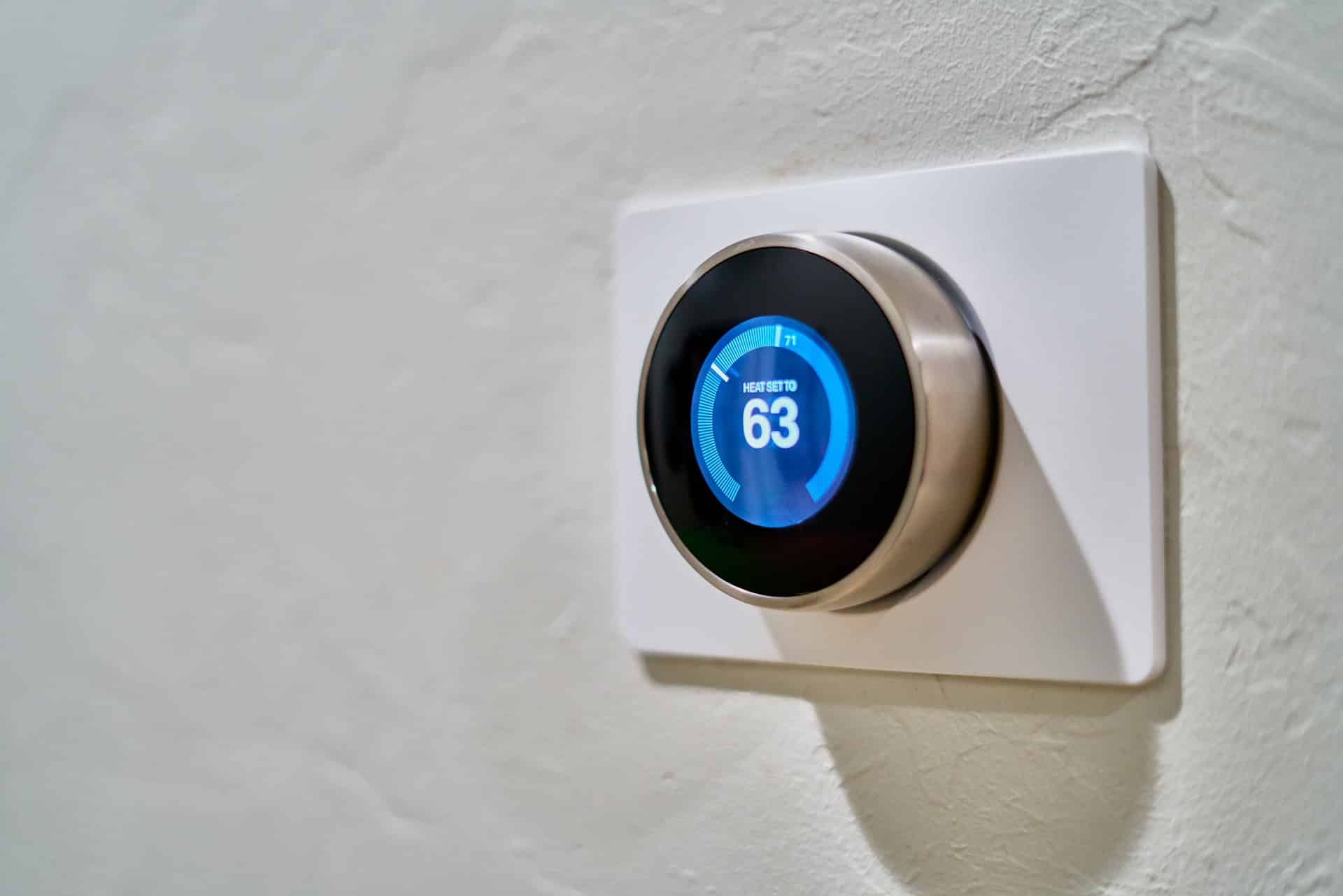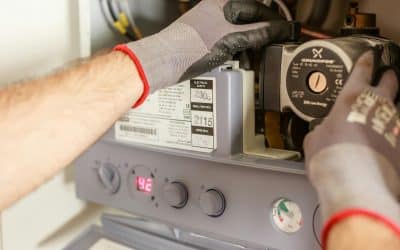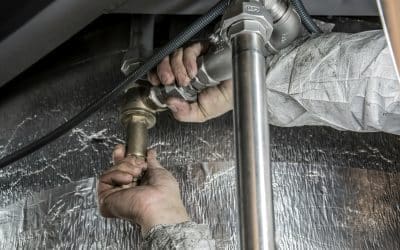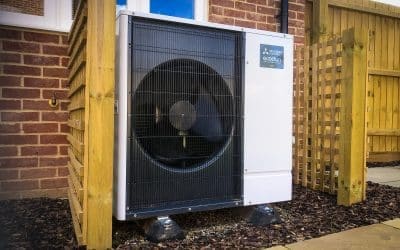Heat pumps have garnered a lot of attention over the years thanks to the duality of their core functions. In winter, heat pumps work like a heater and look after your heating and hot water requirements whereas, in summer, they can transform into an air-conditioning unit. This two-in-one heating and cooling function is not common in traditional boilers and heating systems, which makes air and ground source heat pumps stand out as all-purpose performers.
Thanks to their specialised heating and cooling features, heat pumps need bespoke thermostats to work effectively. The thermostat technology has developed significantly over the years, giving you energy-efficient options that can be paired with your heat pump installation for great heating performance.
Before we delve deeper into how to choose the perfect thermostat for your heat pump, let’s find out more about how it works.
Thermostats for Heat Pump – How They Work!
Thermostats for heat pumps have one simple job to do – they switch the heat pump on or off as per the predefined input criteria, like the current room temperature, time of day and other smart home features.
Its basic function is based on temperature. When the temperature indoors falls below the set number, the thermostat will turn the heat pump on. The heat pump is switched off once the set temperature is reached and your home is heated to suit you.
Thermostat settings can work around specific times of day or by a predefined schedule depending on whether you are home or not.
Benefits of Installing a Thermostat
Automatic control is the primary benefit of installing a thermostat in your home. You don’t have to keep getting up to switch the heat pump on or off depending on how cool or hot it gets. You can set a temperature beforehand on the thermostat and based on your input, the heat is regulated on the basis of the settings.
A thermostat is more sensitive and attuned to fluctuations in temperature than we are, which means that it is both energy-efficient and cost-effective. When paired with green heating systems like air source heat pumps, you can benefit from reduced energy bills, tax breaks and government subsidies like those found in the RHI programme.
Things You Need To Consider Before You Purchase a Thermostat for Your Heat Pump
Before you spend money on a new thermostat for your air or ground source heat pump, there are certain things you need to think about.
Let’s take a look!
Types of Thermostat
There are three types of thermostat which differ in the way they perform. These are mechanical, electrical and smart.
The least expensive is the mechanical thermostat, as there’s no defined functionality as such. You key in the temperature as per your preference and turn it on or off. Electric thermostats, on the other hand, can be programmed with details like date and time and whether you’d prefer manual or automatic functioning.
Smart thermostats can do everything that its electrical counterpart can do and on top of that, it connects wirelessly to your mobile phone or any smart home device. You can use an app to program, operate and schedule your smart thermostat from virtually anywhere.
Compatibility
Thermostats are not universal in their operation as they might not work with all types of HVAC units. This is why you have to be sure that the thermostat model you choose is compatible with the heat pump installed in your home. If your thermostat is compatible, it can replace most other thermostats as it operates your heat pump, air handler, AC, fans and ventilation. Some models are designed to control humidifiers and dehumidifiers as well.
Requirements for Wiring and Installation
Heat pump thermostats are largely considered a DIY project as they do not require any special professional skill to install. However, you need a basic understanding of how wiring works. If you are replacing an existing thermostat, taking pictures or labelling the wires will help. You can watch a couple of videos to know what you are doing and if you are doing it right. If installing a thermostat is not your cup of tea, you can always seek professional help from an HVAC technician.
Programmability
Smart and electric thermostats are programmable. If you wish to set up custom functions for your thermostat, mechanical thermostats are probably not for you. Based on the time of day or day of the week, you can program the settings and set temperature as per your convenience and requirements. Your thermostat will only switch on once the required room temperature is reached and only between the pre-scheduled timings.
WiFi Accessibility
WiFi accessibility is only possible in smart thermostats. To operate your heat pump at peak efficiency, you can connect to your home network using mobile apps, voice commands or third party controls. Using smart technology, you could teach your thermostat to learn and identify your habits as it begins to operate the heat pump on its own without any input required from you.
Design and Aesthetics
Although not the key feature, some thermostats are bulkier than others, and you’ll want to consider the aesthetic before installation. You can, however, choose thermostats that are designed with aesthetics in mind. Pick a thermostat that is sleek with a futuristic control panel with a host of faceplate design that aligns with your decor and fits with your style seamlessly.
Warranty and Price
The price of the thermostat will be one of the primary considerations. Mechanical thermostats won’t cost the Earth whilst a smart thermostat can cost you comparatively more. Prices for electric thermostats will fall somewhere in between. The point is, irrespective of your budget, there are plenty of options available to suit your range.
If your thermostat has a warranty, check the fine print and ensure that you read the requirements, expectations and the available time frames needed to make a claim.
Call JL Phillips for Heat Pump Installation, Service and Maintenance
To get the most out of your air source heat pump installation, it is best to seek professional help and advice from the experienced team at JL Phillips. Pair your renewable installation with a thermostat for maximum efficiency.
For heat pump service and maintenance, get in touch with us today!





